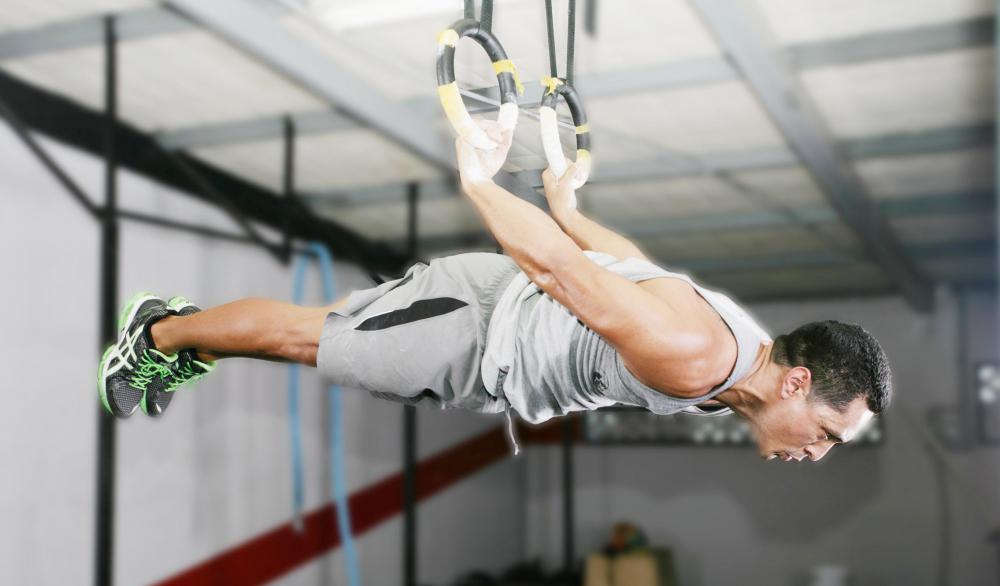At TheHealthBoard, we're committed to delivering accurate, trustworthy information. Our expert-authored content is rigorously fact-checked and sourced from credible authorities. Discover how we uphold the highest standards in providing you with reliable knowledge.
What is Femoral Acetabular Impingement?
Femoral acetabular impingement is a condition that affects the hip joint, also known as the acetabulofemoral joint. A ball-and-socket joint, this articulation is where the femur bone in the thigh, specifically its head or “ball,” meets a cavity in the pelvis known as the acetabulum or “socket.” Impingement of this joint occurs when there is excessive friction between the head of the femur and the acetabular socket, due to either a dysfunction in the shape of the femoral head or in the surface area of the acetabulum that would restrict movement in the joint. It is caused by an abnormal joint structure, activity-related factors, or a combination of both.
This condition falls into one of two categories, cam and pincer impingement, though it can present as a combination of both. Cam femoral acetabular impingement refers to an abnormality in the shape of the femoral head, which should ideally be spherical. Such an abnormality can lead to a scraping of the femur bone against the socket, which can damage the cartilage inside of the joint that acts as a buffer between the two bones.

Pincer femoral acetabular impingement occurs when the acetabulum over-covers the femoral head. This typically is seen along the rim of the acetabulum at its upper surface, where it meets the top of the ball of the femur. Often the rim projects too far outward over the ball, resulting in degeneration of the labral cartilage as it becomes trapped in the space between the two bones. The labral cartilage encircles the rim of the acetabulum, creating a buffer between the socket and the femoral head and aiding in holding the head in place in the joint.

In many cases, both cam and pincer femoral acetabular impingement are present: the abnormal femoral head rubs excessively in the socket, and the acetabulum covers too much surface area of the femur. The likelihood of this condition is increased in active individuals, more so in those who participate in certain sports such as gymnastics. Treatment for femoral acetabular impingement depends on the severity of the condition and can range from pain and lifestyle management to surgery. Conservative treatment options may include physical therapy and over-the-counter or prescription pain relievers, while surgical options include arthroscopic and traditional surgery, depending on whether the femoral head, acetabulum, or joint angle require modification. Whatever the recommended treatment, the goal is generally to delay or prevent a hip replacement farther down the road.
AS FEATURED ON:
AS FEATURED ON:
















Discuss this Article
Post your comments